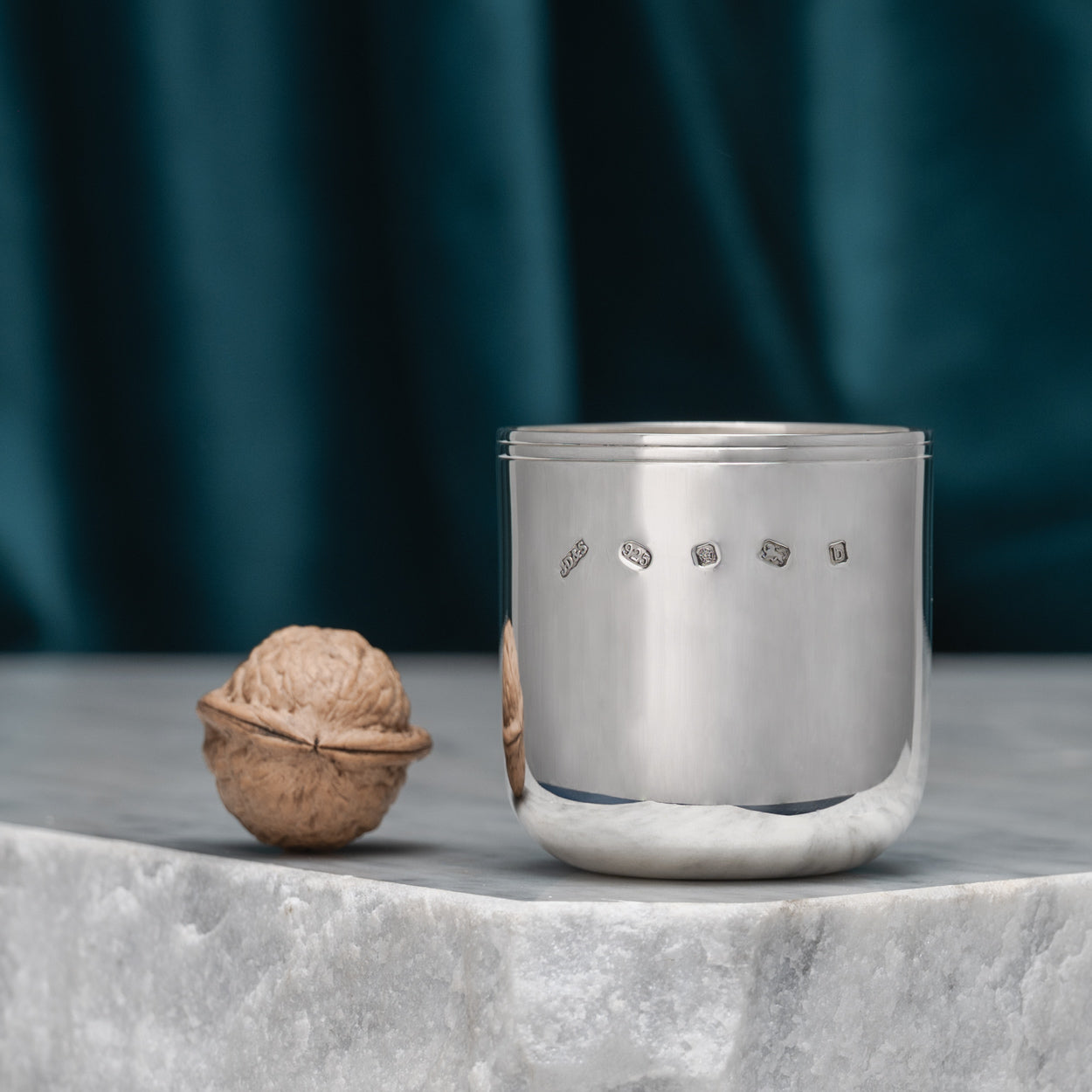
Pair of Philip & Son 12 Inch Globes
- Regular price
- Reserved
- Sale price
- £6,800.00
- Regular price
-
- Unit price
- /per
Adding product to your basket
A wonderful set of Terrestrial and Celestial 12 inch globes by George Philip and Son. Unusually, the terrestrial globe has a copyright date shown under the cartouche, 1946. Presented on brass inclined plain mounts attached to turned ebonized bases and uprights with axes secured at the top by brass acorn finials. The bases are newly made replacements of the originals that were beyond repair.
The celestial globe is printed in beige against a dark blue background and shows the constellations and many named stars. Solid lines connect the stars within constellations rather than illustrating them as mythological and other figures.
A cartouche is present that includes the title and maker's address.
When looking at the stars from Earth the viewpoint is effectively inside a celestial sphere. The surface of a celestial globe shows the star field as a projection viewed from the outside and is therefore reversed, with the constellations appearing as their mirror images.
The terrestrial globe is printed in several colours and comprises of twelve coated lithographic paper gores with polar calottes over a twelve inch card sphere. The age of the globe has been determined by the named areas displayed and the political borders shown. The globe is nicely detailed and has a grid network of parallels and meridians.
It shows all the continents and countries as they were at the time it was printed and also indicates all the principal shipping routes with distances in nautical miles, the principal air routes and the principal railways. A cartouche is present that includes the title, maker's address, the scale (1:45,000000) and the colouring scheme used for the globe.
The globe also has a printed Analemma - a diagram showing the declination of the Sun for every day in the year and the equation of time.
The Analemma therefore shows the position of the Sun in the sky as seen from a fixed location on Earth at the same mean solar time, as the sun's position varies over the course of a year. A cartouche is present that includes the title and maker's address.
Dimensions of each globe: 30.5 cm/12 inches (diameter) x 59 cm/23 1/4 inches (max height).
George Philip, (1800–1882) was a cartographer and map publisher. He founded George Philip & Sons in 1834 in Liverpool primarily as a bookseller and stationer, but rapidly expanding to become a publisher of primarily maps, atlases and educational works. He had one son, also George (1823–1902), who was admitted to the business in 1848.
George senior was born in Huntly, Aberdeenshire and by 1819 he had become assistant to the Liverpool bookseller, William Grapel before going on to start his own business. He used cartographers (such as John Bartholomew the elder, August Petermann, and William Hughes) to produce maps on copper plates.
Philip then had these printed and hand-coloured by his women tinters. The business expanded rapidly and by the time he produced his county maps of 1862 he was using machine coloured maps produced on power-driven lithographic presses.
Philips’ production of globes in the 19th century was mainly limited to associations with other British globe makers, including Smith & Sons, London, but in 1902 Philip ventured into the production of globes as a manufacturer, facilitated by the firm’s establishment of the London Geographical Institute, a large factory for map, atlas, and globe production.
Globes from this era are generally constructed by forming a sphere made either of card or fibreboard covered by gesso (plaster) to ensure smoothness. The sphere was then overlaid with a map printed on long, thin elliptical strips of paper that narrow to a point at the North and South Poles.
Over the years, Philip acquired the production lines of other British globe makers including Malby, Betts, Smith and Johnston. The firm also supplied atlases and textbooks overseas starting with an atlas for Australian schools in 1865 and for New Zealand in 1869. The demand from board schools, established after 1870, enabled further expansion in the market for globes, atlases and wall maps.
Part of our Curated Idea 'The Cigar Bar'.
DELIVERY
For online purchases exceeding £100 we currently offer free worldwide shipping.
RETURNS
We offer a 14 day to return policy.
If you wish to return or exchange an item please contact our London store at +44 (0)20 7584 7770 or by e-mail at shop@bentleyslondon.com
All returns should be sent back to us unused, in the original packaging provided with any tags still attached.
For full details of delivery and returns click here
You may also like
-
Propeller Clock
![]()
 Propeller Clock20TH_CENTURYbrassClocksmotoring_flying_and_sailingRESERVEDWOOD
Propeller Clock20TH_CENTURYbrassClocksmotoring_flying_and_sailingRESERVEDWOOD- Regular price
- Reserved
- Sale price
- £6,800.00
- Regular price
-
- Unit price
- /per
Sale Sold -
Goyard Cased Enamelled Silver Top Bottle
![]()
 Goyard Cased Enamelled Silver Top BottleAntiquebranded_luggageGLASS_AND_CRYSTALgoyardlatest_arrivalsLEATHERSILVERvintage_leather
Goyard Cased Enamelled Silver Top BottleAntiquebranded_luggageGLASS_AND_CRYSTALgoyardlatest_arrivalsLEATHERSILVERvintage_leather- Regular price
- £1,250.00
- Sale price
- £1,250.00
- Regular price
-
- Unit price
- /per
Sale Sold -
Very Large Arched Top Silver Frame
![]()
 Very Large Arched Top Silver Frame20TH_CENTURYAntiqueboxes_and_framesframeslatest_arrivalsSILVERWOOD
Very Large Arched Top Silver Frame20TH_CENTURYAntiqueboxes_and_framesframeslatest_arrivalsSILVERWOOD- Regular price
- £8,200.00
- Sale price
- £8,200.00
- Regular price
-
- Unit price
- /per
Sale Sold -
Silver Beaker
![]()
 Silver Beakerbarwarelatest_arrivalsSILVER
Silver Beakerbarwarelatest_arrivalsSILVER- Regular price
- £620.00
- Sale price
- £620.00
- Regular price
-
- Unit price
- /per
Sale Sold -
Silver and Cut Glass Flask
![]()
 Silver and Cut Glass FlaskGLASS_AND_CRYSTALlatest_arrivalsshooting_fishing_and_sportingSILVER
Silver and Cut Glass FlaskGLASS_AND_CRYSTALlatest_arrivalsshooting_fishing_and_sportingSILVER- Regular price
- £2,900.00
- Sale price
- £2,900.00
- Regular price
-
- Unit price
- /per
Sale Sold















